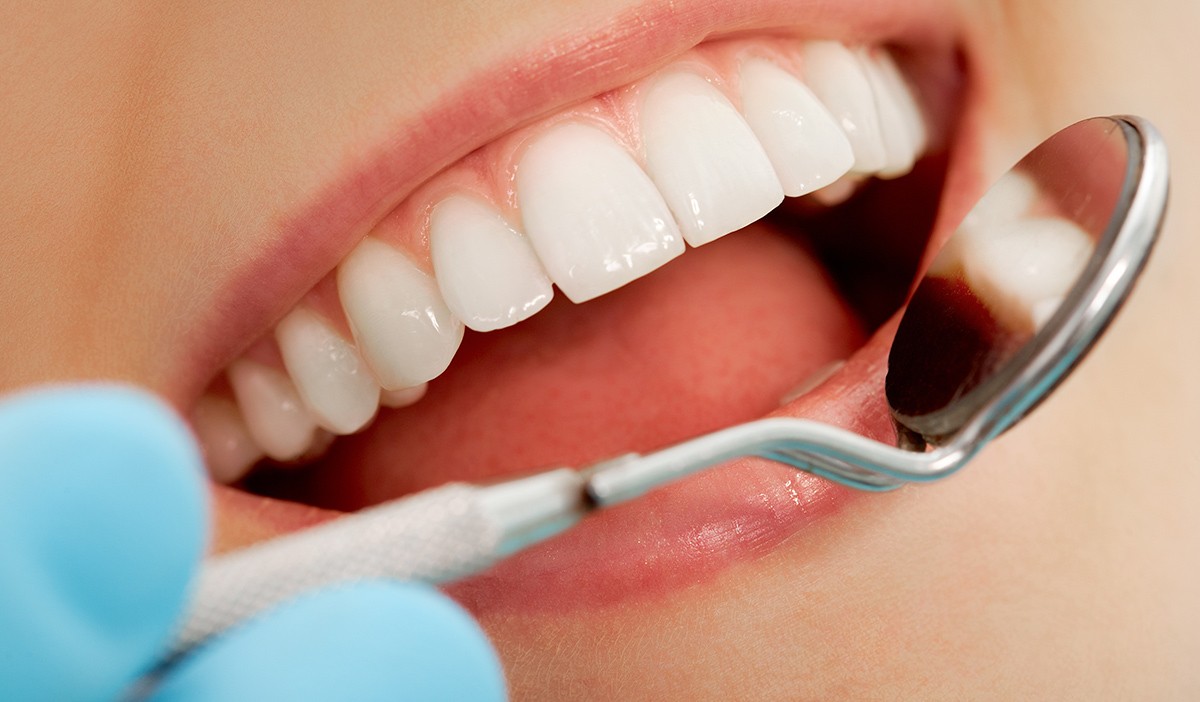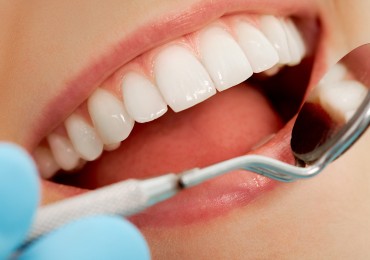Treatment method that improves the aesthetic appearance of the teeth

About Treatment
In aesthetic dentistry, the goal is to create artificial teeth in a natural-looking form and color that is compatible with the face of a woman.
The artificial teeth in natural, far-away, exaggerated forms and colors are immediately noticeable even by an amateur eye at first sight. For this reason, aesthetic dentistry requires careful preparation and planning.
Clinical and Radiological Examination: Before going through the aesthetic solutions, a general oral and dental examination is performed in order to evaluate oral and dental health. The patient's entire mouth x-ray (panoramic x-ray) is taken and it is decided how to follow the path.
Model: The model of the teeth and the surrounding tissues is obtained by taking measurements from the upper and lower tines. And reviews are made on the models.
Photography: Face, smile, profile and mouth pictures are taken and images are taken from every angle.
Planning: On the photographs and models taken from the patient, the aesthetically problematic areas of teeth and gums are evaluated considering the whole face region. During these assessments, the patient is presented with the aesthetically problematic areas on their own photographs and models, information is given on how to solve the problems, and the treatment of the aesthetic regulation of the patient is planned.
Laughing Design
If comprehensive treatment is needed to overcome the existing aesthetic problems, necessary consultations with gum disease and orthodontic specialists are made. A new smile suitable for the facial and lips structure is designed according to the expectation of the patient. The oral smile is displayed to the patient with the smile designed on the models created in the laboratory environment. In this way, the patient can see the initial state of the sufferers who have experienced similar problems and the results obtained after the treatment.
Treatment Methods
Gingivectomy (Regulation of Gingival Levels)
When we are laid we frequently encounter situations where the gums are too short or the gums are asymmetrical. In such cases, the dentition can be extended with a simple intervention by gum disease specialists. Once the gum harmony is achieved, the prosthetic specialists will go through various aesthetic adjustments in the teeth if needed.
Whitening
Dental color can be applied in patients who are born congenitally dark or whose teeth have been yellowed for various reasons.
It is applied in two ways:
Home type: A special plate for the mouth is prepared according to the oral measure. The special jelly patient given to the patient by the physician applies himself periodically.
Office (clinic) type: In the clinical setting, a special gel applied to the teeth is activated by the light device after the gums are isolated.
Laminate Vener Courts (Leaf Porcelain)
Unlike conventional dentures, only minor abrasion of the tooth surface is sufficient without minimizing the tooth. During application, 0.3-0.7 mm of tactile material on the relevant teeth is removed and the measurement taken. A thin sheet of porcelain in the form of a prepared leaf is glued onto the tooth. It is the most conservative (prosthetic) prosthetic application due to the removal of very little tissue from the teeth.
Full Ceramic Kuron and Bridges
Although the aesthetics of etal-supported porcelain coatings are tried to be made, the light is reflected immediately on the surface of the porcelain coating and prevents the transmission of light to the gums of the applied gingiva. This may be more artificial than the natural teeth and may cause shading in the gingival area, especially in the anterior teeth.
Like the upper front cuts, the aesthetics are important in the teeth or in patients with metal allergy, the lower structure can be made in the coatings of porcelain, and these problems can be removed immediately and highly aesthetic results can be revealed.
Porcelain Inserts (Porcelain Inserts)
Porcelain is the most compatible material with tooth and gum. In addition, the coloring situation encountered after a certain period of time in the composite pouches retains their aesthetic and protective properties for many years from the first time they are made in porcelain blends.

 Türkçe
Türkçe English
English Deutsch
Deutsch Norsk
Norsk русский
русский
